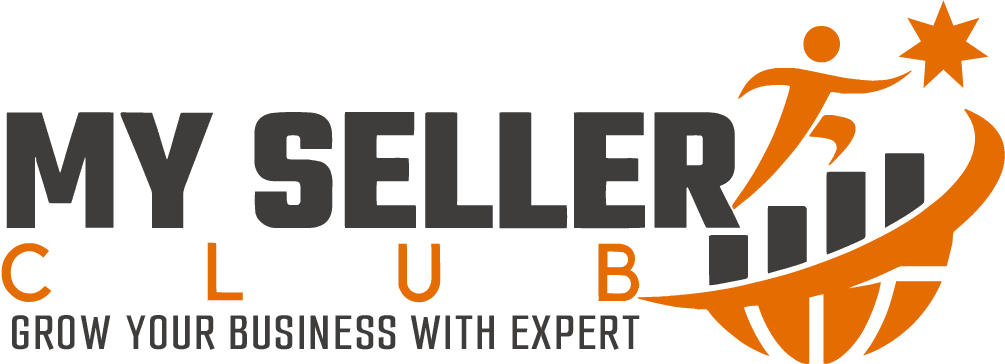Introduction
In today’s digital age, selling on Amazon offers an incredible opportunity to reach millions of potential customers worldwide. Whether you’re a small business owner, an aspiring entrepreneur, or looking to expand your existing business, Amazon provides a robust platform to grow your brand and boost sales. This comprehensive guide will walk you through the essential steps to start selling on Amazon successfully.
1. Why Sell on Amazon?
Amazon is one of the world’s largest online marketplaces, providing unparalleled access to a vast audience. Here are some compelling reasons to consider selling on Amazon:
- Massive Customer Base: Amazon has over 300 million active customers worldwide, giving you access to a diverse and extensive market.
- Trust and Credibility: Amazon is known for its reliable delivery, customer service, and return policies, which can help build trust with your customers.
- Fulfillment by Amazon (FBA): With FBA, Amazon handles storage, packaging, and shipping, allowing you to focus on growing your business.
- Global Reach: Amazon operates in multiple countries, enabling you to expand your business internationally.
2. Setting Up Your Amazon Seller Account
Before you can start selling on Amazon, you need to set up a seller account. Follow these steps to get started:
- Choose Your Selling Plan: Amazon offers two selling plans – Individual and Professional. The Individual plan is ideal for those who plan to sell fewer than 40 items per month, while the Professional plan is better for high-volume sellers.
- Register Your Account: Visit the Amazon Seller Central website and sign up for a seller account. You’ll need to provide personal information, business details, and tax information.
- Verify Your Identity: Amazon will verify your identity by requiring you to submit identification documents and a bank statement.
- Set Up Your Payment Method: Provide your bank account information to receive payments from Amazon.
3. Product Research and Selection
Choosing the right products to sell is crucial to your success on Amazon. Here are some tips for effective product research and selection:
- Identify Profitable Niches: Use tools like Jungle Scout, Helium 10, and AMZScout to find trending and profitable niches. Look for products with high demand and low competition.
- Analyze Market Demand: Use Amazon’s Best Sellers list and Google Trends to gauge market demand for your products.
- Evaluate Competition: Analyze your competitors’ listings, reviews, and ratings to understand their strengths and weaknesses.
- Consider Profit Margins: Calculate your profit margins by factoring in Amazon’s fees, shipping costs, and other expenses.
4. Sourcing and Inventory Management
Once you’ve identified your products, you’ll need to source them and manage your inventory effectively:
- Find Reliable Suppliers: Use platforms like Alibaba, Global Sources, and ThomasNet to find reputable suppliers. Verify their legitimacy and request samples before placing bulk orders.
- Choose a Fulfillment Method: Decide whether to use Fulfillment by Amazon (FBA) or Fulfillment by Merchant (FBM). FBA offers advantages like Prime eligibility and hassle-free shipping, while FBM gives you more control over your inventory.
- Manage Inventory Levels: Keep track of your inventory levels to avoid stockouts or overstocking. Use Amazon’s inventory management tools to monitor and replenish your stock.
5. Creating Effective Product Listings
Your product listings play a crucial role in attracting and converting customers. Follow these tips to create compelling and optimized listings:
- Write Compelling Titles: Include primary keywords, brand name, and key product features in your titles.
- Craft Persuasive Descriptions: Highlight the benefits, features, and usage instructions of your products in the descriptions.
- Use High-Quality Images: Follow Amazon’s image guidelines and include multiple high-resolution images that showcase your product from different angles.
- Optimize Keywords: Use tools like Amazon’s Auto-Suggest and Keyword Planner to find relevant keywords. Include these keywords in your titles, bullet points, and backend search terms.
6. Pricing Strategies
Pricing your products competitively is essential to attract customers and maximize profits:
- Monitor Competitor Prices: Use tools to track your competitors’ prices and adjust your pricing strategy accordingly.
- Implement Dynamic Pricing: Use automated repricing tools to stay competitive and maintain optimal prices.
- Run Promotions and Discounts: Offer seasonal promotions, discounts, and coupons to attract customers and boost sales.
7. Marketing and Advertising
Effective marketing and advertising can significantly enhance your product visibility and sales on Amazon:
- Amazon Advertising: Use Sponsored Products, Sponsored Brands, and Display Ads to promote your products on Amazon. Optimize your ad campaigns to improve ROI.
- Social Media Marketing: Leverage platforms like Facebook, Instagram, and Pinterest to drive traffic to your Amazon listings.
- Email Marketing: Build an email list and send targeted campaigns to promote your products and engage with your customers.
8. Analyzing Performance and Continuous Improvement
Regularly analyzing your performance metrics and making data-driven decisions is key to continuous improvement:
- Use Amazon Seller Central’s Analytics Tools: Monitor key reports like Sales Dashboard, Inventory Health, and Traffic reports to track your performance.
- Track Key Performance Metrics: Focus on metrics like sales volume, revenue, profit margins, customer feedback, and return rates.
- Conduct A/B Testing: Experiment with different elements of your product listings to determine what works best.
- Regular Performance Reviews: Review your performance metrics regularly and identify areas for improvement.
Conclusion
Selling on Amazon can be a highly rewarding venture if you follow the right strategies and stay committed to continuous improvement. By understanding the marketplace, choosing the right products, creating compelling listings, and leveraging effective marketing techniques, you can build a successful Amazon business. Start your journey today and unlock the potential of one of the world’s largest online marketplaces.
Additional Resources
Happy selling!

